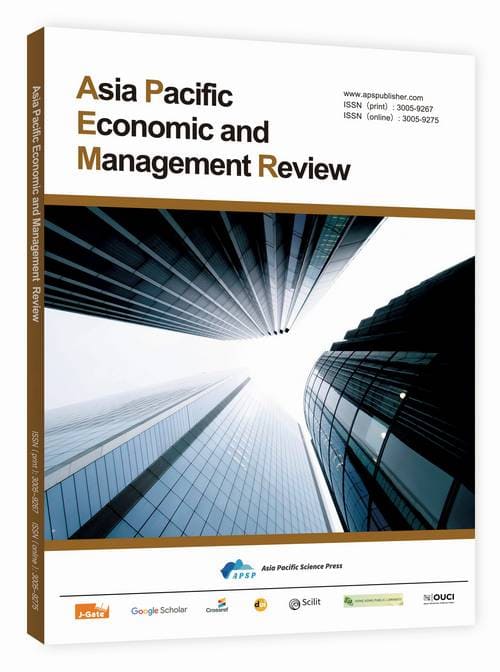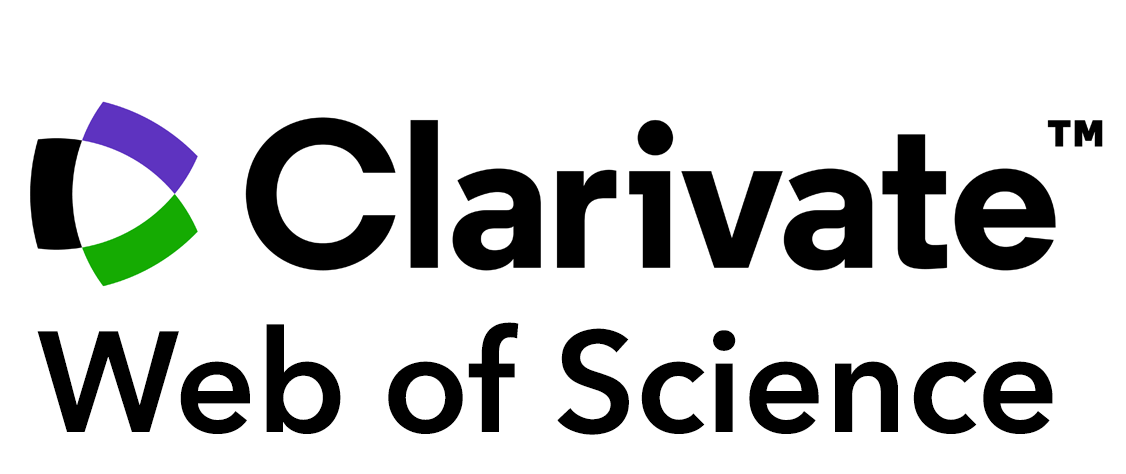The Impact of Technological Innovation on Environmental Governance in the Logistics Industry
DOI:
https://doi.org/10.62177/apemr.v2i5.635Keywords:
Technological Innovation, Logistics Industry, Environmental Governance, New Quality Productivity, Market MechanismAbstract
This article uses relevant data from 30 provinces, autonomous regions, and municipalities in China from 2014 to 2023 as research samples to empirically test the impact of technological innovation on logistics industry environmental governance. The results show that: (1) the benchmark regression results show that technological innovation has a positive impact on logistics industry environmental governance. (2) The results of the mediation effect test show that new quality productivity and market mechanisms play a partial mediating role in the relationship between the two. (3) Heterogeneity tests indicate that technological innovation has a more significant impact on the environmental governance of the logistics industry in the eastern region than in the central and western regions.
Downloads
References
Ban, Y. C., Han, D., & Xia, Y. Z. (2025). Research on the impact mechanism of high-quality development in logistics driven by digital transformation: Based on panel data from 30 Chinese provinces and municipalities. Logistics Science & Technology, 48(10), 59-64.
Bao, W. Z., & Shi, K. Q. (2025). Green finance, green technology innovation and low-carbon development of circulation industry. Journal of Financial Development Research, (3), 68-73.
Bonsu, N. O. (2020). Towards a circular and low-carbon economy: Insights from the transitioning to electric vehicles and net zero economy. Journal of Cleaner Production, 256, 120659.
Cao, C. K., Han, D., Huang, J. P., et al. (2025). The impact of digital transformation on total factor productivity in listed logistics enterprises: Based on the mediating role of new quality productivity and green innovation. Logistics Science & Technology, 48(10), 108-113.
Cheng, C., Han, Y., & Ren, X. (2023). Analysis of technological innovation on provincial green development levels of logistics industry in China. Environmental Science and Pollution Research, 30(18), 53020-53036.
Frey, H. C. (2018). Trends in onroad transportation energy and emissions. Journal of the Air & Waste Management Association, 68(6), 514-563.
Guo, L. T. (2016). Market mechanisms, political connections, and debt financing: An empirical study of SME board listed companies. International Business (Journal of the University of International Business and Economics), (2), 151-160.
Han, X., & Han, X. Y. (2025). Research on the path and policies of technological innovation driving the development of aviation manufacturing industry. China Science and Technology Forum, (3), 77-85.
Han, Y. X., Han, D., & Zeng, F. X. (2025). Temporal-spatial evolution and impact analysis of new productivity empowerment in green logistics for high-quality development. Logistics Science & Technology, 48(8), 66-73.
Huang, Y. T., & Lin, C. P. (2025). Research on new quality logistics talent cultivation in higher vocational education under the 'In-Turn-Out' three-step method. Logistics Science & Technology, 48(7), 181-184.
Lu, J., Guo, Z. A., & Wang, Y. P. (2024). Development level of new productive forces, regional disparities and enhancement pathways. Journal of Chongqing University (Social Sciences Edition), 30(3), 1-17.
Ma, J. L. (2025). Digital finance, technological innovation and green agricultural productivity. Statistics and Decision, 41(8), 148-153.
Ma, W. J., Zhang, H. Z., & Zhang, L. L. (2025). Comprehensive empowerment or partial empowerment? A study on the asymmetric impact of digital transformation on green innovation. System Engineering Theory and Practice. Advance online publication. http://kns.cnki.net/kcms/detail/11.2267.n.20250224.2001.017.html
Molina, M. J., & Molina, L. T. (2004). Megacities and atmospheric pollution. Journal of the Air & Waste Management Association, 54(6), 644-680.
Qasim, U., Osman, A. I., Al-Muhtaseb, A. H., et al. (2021). Renewable cellulosic nanocomposites for food packaging to avoid fossil fuel plastic pollution: A review. Environmental Chemistry Letters, 19, 613-641.
Wang, X. M., & Zhong, X. Y. (2024). Exploring and practicing industry-education integration model for cultivating practical logistics management professionals under the new liberal arts framework. Logistics Science & Technology, 47(21), 153-155+177.
Zhan, S. W., & Jing, H. R. (2024). Constraints and optimization strategies for rural green logistics systems under total pollutant discharge control. Logistics Science and Technology, 47(22), 53-55+63.
Zhang, X., Lu, X. Y., Hu, X. H., et al. (2025). Dynamic incentives for low-carbon transportation in network freight under heterogeneous subsidies. Industrial Engineering and Management, 30(2), 80-90.
Zhou, J. (2023). Interactive effects of the Yangtze River Delta integrated market and environmental governance: An empirical analysis using a spatially associated equations model. Journal of Resources and Environment in the Yangtze River Basin, 32(6), 1165-1175.
Zou, Z. M., & Chen, X. (2023). The impact of foreign direct investment on technological innovation and high-quality economic development: Mechanisms and the mediating role of environmental regulation. Research Management, 44(2), 165-175.
Downloads
How to Cite
Issue
Section
License
Copyright (c) 2025 Yanan Zheng, Panlong Sheng

This work is licensed under a Creative Commons Attribution-NonCommercial 4.0 International License.

















